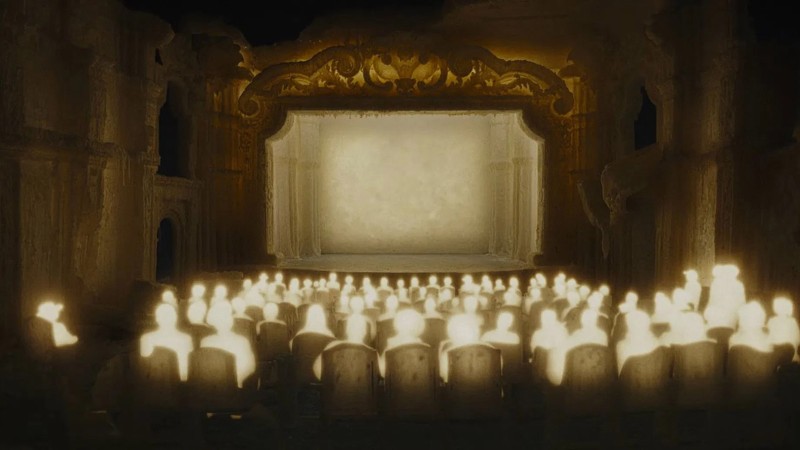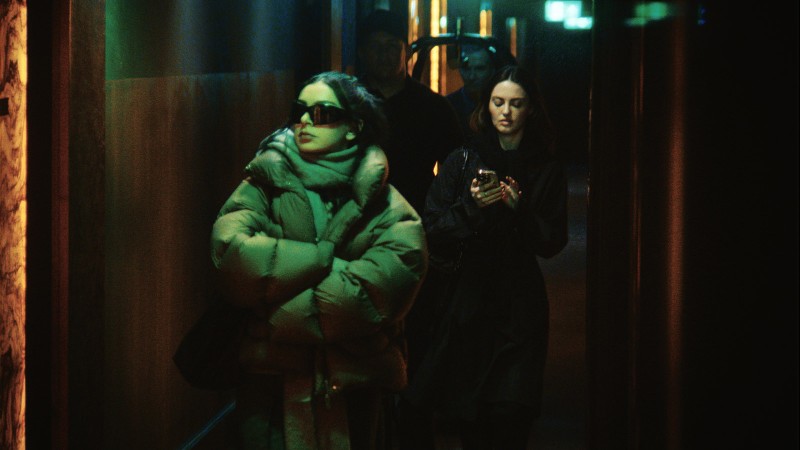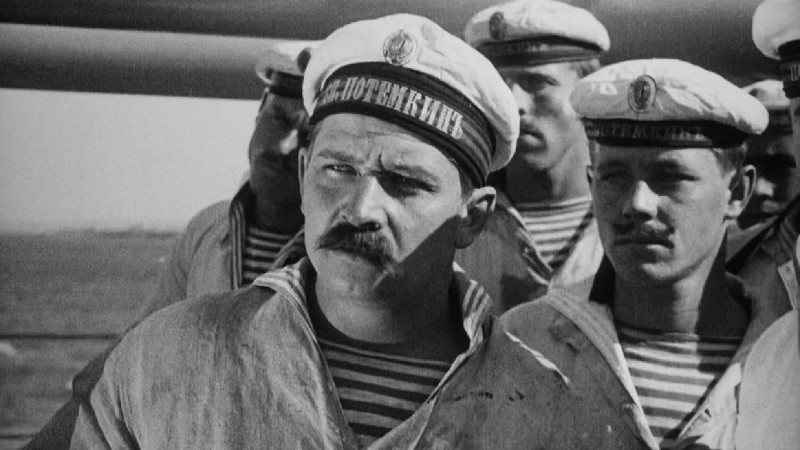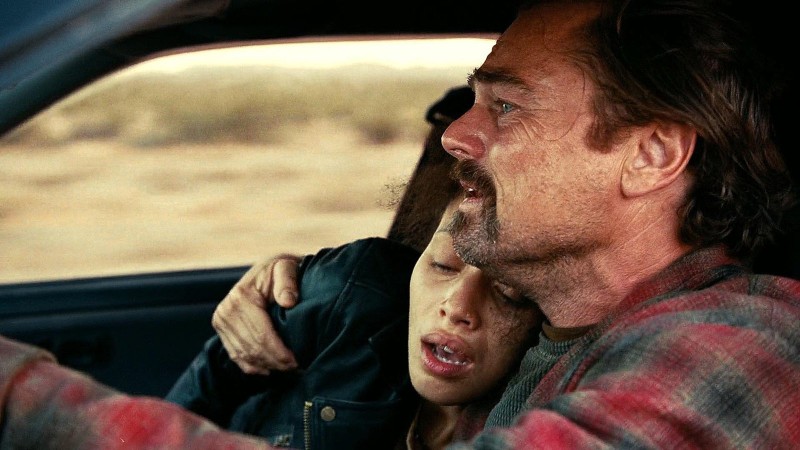Nocturnal Cinemas

Cinematographer Dick Pope, who has passed away at the age of seventy-seven, worked with Richard Linklater (Me and Orson Welles, Bernie) and John Sayles (Honeydripper), and he was nominated for an Oscar for his work on Neil Burger’s The Illusionist (2006). But Pope was undoubtedly best known for his long and steady collaboration with Mike Leigh, which stretched from Life Is Sweet (1990) to this year’s Hard Truths. Pope and Leigh made twelve features together, and Mr. Turner (2014), the first of them shot digitally, scored Pope his second Oscar nomination.
- As a screenwriter and costume and set designer, Ester Krumbachová was an “incalculably crucial” figure in the Czechoslovak New Wave, “leaving her mark on films by more widely heralded figures like Jan Němec, Zbyněk Brynych, Otakar Vávra, Jaromil Jireš, and Věra Chytilová,” writes Nick Pinkerton for Metrograph Journal. With the one film she directed, Murdering the Devil (1970), Krumbachová “creates a contemporary battle-of-the-sexes fable that makes no concessions whatsoever to the dictates of realism.” Popular Czech actors Jirina Bohdalová and Vladimír Mensík play Ona, a single woman, and Bohouš Čert, a former beau whose last name translates as “Devil” and whose appetite for Ona’s sumptuous meals is insatiable. Pinkerton suggests that Murdering the Devil, which opens today at Metrograph and screens tomorrow in Los Angeles, is “something like an ironic celebration of the glories of Czech cuisine.”
- Profiling Mati Diop for the New Yorker, Julian Lucas traces the emergence of a vital artist from her youth in Paris through her first trips to her father’s homeland, Senegal; her breakthrough performance in Claire Denis’s 35 Shots of Rum (2008); and the making of her own features, Atlantics (2019) and this year’s Dahomey: “Hers is a yearning, nocturnal cinema of ambiguous adventures and impossible returns, shuttling between intimate loneliness—a statue’s, a has-been actor’s—and vast issues like decolonization and the migrant crisis. She made Dahomey after passing on multimillion-dollar projects in Hollywood. It was hard to doubt her when she said that she became a filmmaker because it was her ‘only possible path to liberation.’” Talking to Jasmine Vojdani at Vulture, Diop says that she’s “found a meeting point between cinema and politics, and it really fulfills me because I couldn’t choose between one and the other.” As for being the niece of Djibril Diop Mambéty (Touki bouki), she says: “I chose to inherit his cinema, just as someone who isn’t related to him might. It gave me the strength to free myself from questions of legitimacy.”
- At the A.V. Club, Nandini Balial has launched an ambitious seven-part series tracking the history of Hindi cinema, beginning with the 1950s. Balial offers deeply informed but unassuming primers on Raj Kapoor (The Vagabond), whose entire family has made an immeasurable impact on Hindi-language pop culture; Bimal Roy (Devdas) and the influence of Italian neorealism on the parallel cinema movement; and Guru Dutt (The Gamble), whose “acting was rooted in sensitivity and pathos. His writing, depending on the occasion, ranged from eclectic and moody to insouciant and silly. His unparalleled direction challenged his contemporaries to explore their reliance on conventions. Dutt was an auteur, exerting extreme artistic control over his work, which he largely performed with the same creative team. What they achieved together remains more meaningful than any of their independent efforts.”
- Son of Ingagi (1940), directed by Richard C. Kahn and written by Spencer Williams (The Blood of Jesus), features an all-Black cast, including Williams himself. A doctor has returned to a middle-class American community from Africa with N’Gina, a childlike beast who may well be the offspring of a human and a gorilla. In his latest column for the Point, Nicholas Whittaker argues that “the film’s Blackness is not merely a matter of demographics. Son of Ingagi is less a reiteration of the Negro ape narrative than an intervention in it: a clever subversion of an anti-Black mythology, a discordant counter-refrain. In answer to the pivotal question, ‘Is it—are we, am I—man or monkey?,’ Son of Ingagi asks, Why does it matter?”
- Since COVID broke his moviegoing habit, Thomas de Monchaux, who teaches at Columbia’s Graduate School of Architecture, Planning and Preservation, has seen three films in theaters, including, most recently, Francis Ford Coppola’s Megalopolis. It was evidently a disturbing experience in more than a few ways. Writing for n+1, de Monchaux suggests that “the enduring harm done by The Fountainhead shows that, in the absence of what should be a far greater public literacy about the design and production of architecture and the built environment—the movie you can never leave—cinematic portrayals are insidiously influential . . . It’s stupid that what seems to matter in Megalopolis is how it looks, and how the buildings behave like living things, instead of the only two things that really matter: its energy use (high indeed), and how the actual living things within it—people—would live with agency, dignity, density, and delight.”



